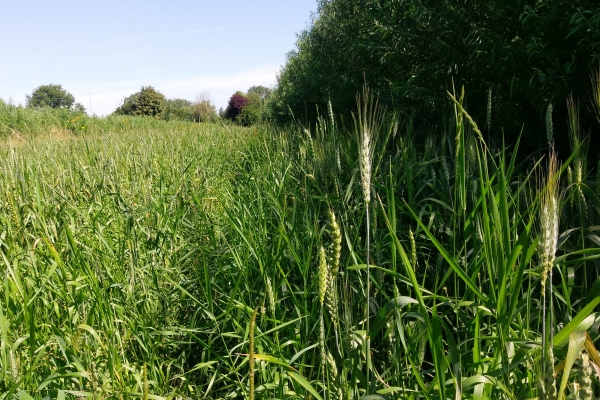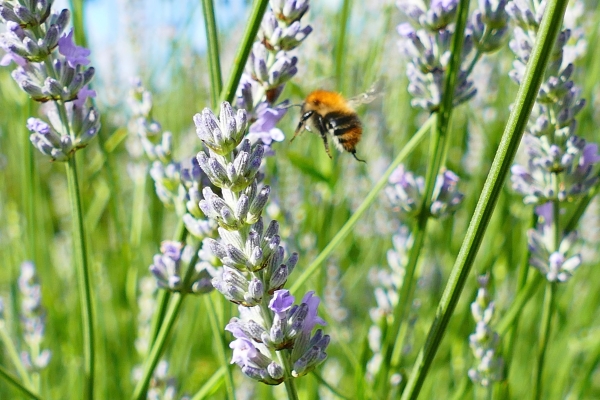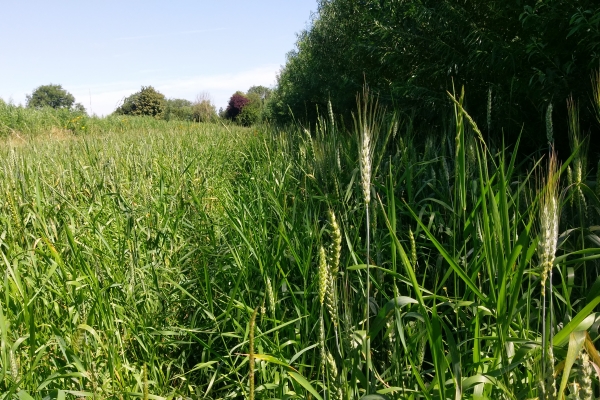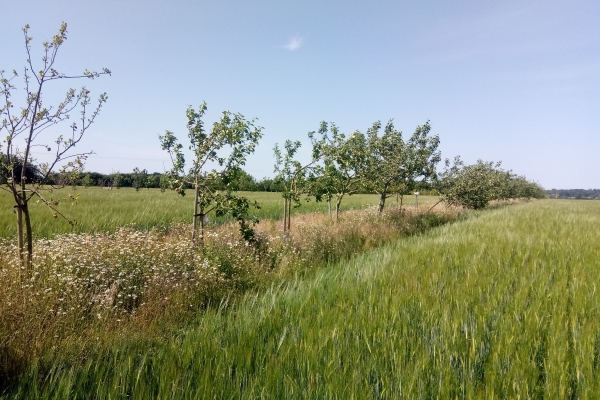Trees and crops: making the most of the space
AGFORWARD Innovation leaflet
Resource explained
One of 46 leaflets produced as part of the European AGFORWARD project, this covers how to make the most of space in an agroforestry cropping system, particularly focusing on managing the understorey, which can often be underutilised and lead to problems with weed control. It can be put to productive use through planting crops that are adapted to shady conditions, and can be a resource for biodiversity; providing a habitat for beneficial insects and a food resource for crop pollinators. The leaflet looks at different understorey crop options, focusing particularly on trials carried out by Iain Tolhurst in his horticultural agroforestry system. It also looks at advantages of growing additional crops in the tree understorey, information on yields, establishment and management, and biodiversity and pest control impacts.
Findings & recommendations
- Understorey crop options for horticultural agroforestry systems can include crops which thrive in the shade and can be sold alongside other produce i.e. cut flowers, rhubarb and globe artichokes. You can also sow the understorey with wild flower species chosen to attract pollinators and provide habitat for beneficial predators.
- 15% of total vegetable cropping land was lost to plant the new agroforestry system trees on Iain’s farm. Growing additional crops in the tree understorey helps lessen this impact; it makes more efficient use of all available land and should increase the overall productivity of the farm.
- Perennial crops i.e. rhubarb and daffodils, require minimal management following establishment and provide a harvest early in the season. Ongoing management is minimal, you can apply a woodchip mulch around the trees in the first two years to help with weed control. Good crop management and control of perennial weeds can extend the life of the plants.
- Active management of the understorey will help control weed species which may otherwise cause a problem in the vegetable cropping alleys.
- There may be some competition with vegetable crops in the alleys and understorey crops could compete for water and nutrients, to the detriment of trees. This needs to be monitored as the crops establish.
Find out information about the AGFORWARD (AGroFORestry that Will Advance Rural Development) project here.











